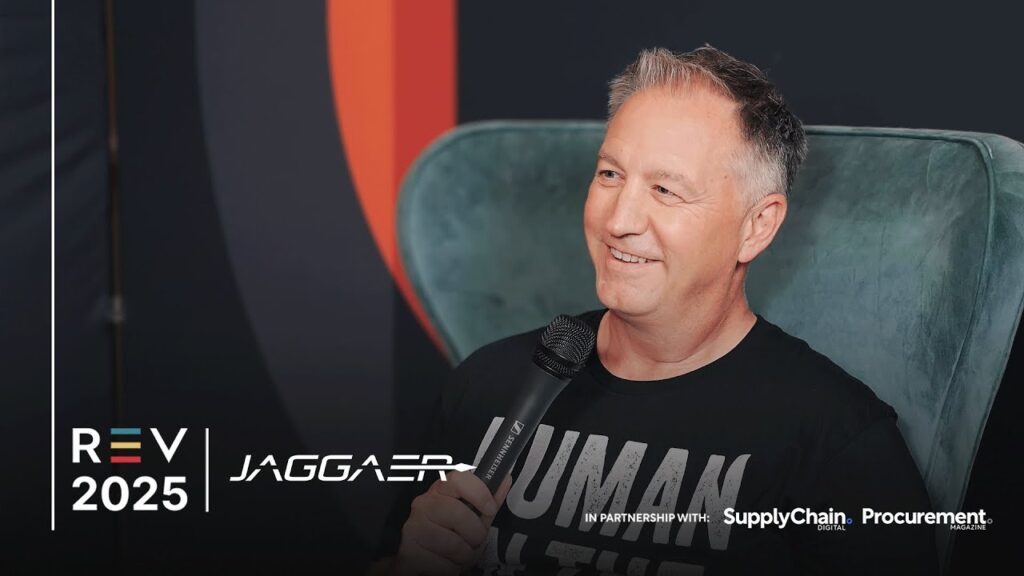In a new study, McKinsey calls the gap between AI investment and ROI the “GenAI paradox.” The paradox, McKinsey explains, is that like any previous technology, the excitement about artificial intelligence has not yet caught up with reality. Sure, there are pilot programs and people using GenAI for various tasks, but until there are strategic, function-specific use cases, AI will fail to deliver true business gains.
For procurement stakeholders, the need to tie AI capabilities to bottom-line results could not be more urgent. With the average AI deployment costing from $5 million to $20 million, our investment must either improve spend reduction, ensure supply continuity, and address their top priorities—or become one of the 30% of pilot projects Gartner predicts will be abandoned by the end of 2025.
The good news, says a recent survey of 2,000 global organizations from the Hackett Group, is that select procurement organizations that have begun shifting toward a deeper, more aligned automation have already achieved gains of 25% or more.
Also, good news is that JAGGAER has stepped up. At our recent REV2025 conference, we announced “JAI” (pronounced “Jay), our own agentic offering. For those of you who haven’t heard of JAI, we give you this four-part series about Agentic AI in procurement that will hopefully get you thinking and acting.
Where We’re Going
Agentic AI, though it has become ubiquitous in the business lexicon, is not a new concept. As an autonomous system capable of performing complex tasks, business analysts and computer historians have traced it back to Alan Turing’s mid-20th-century experiments with machine learning. If we go further back, we find its roots in the earliest days of industrialization, when the 1770 invention of the “Spinning Jenny” gave textile manufacturers a way to go beyond efficiencies, to that sweet spot where automation and the highest aspirations of human potential intersect.
JAGGAER’s 2025 vision leans into that much longer narrative. In the sooner-than-you-think future, we see a fleet of specialized agents collaborating with your team on every step of your Source-to-Pay (S2P) journey. Whether it’s supplier onboarding or invoice processing, we imagine an intelligence that orchestrates multiple agents, is integrated with Enterprise Resource Planning/Source-to-Pay (ERP/S2P) and is always there to help with data-driven advice.
The Agentic AI roadmap for procurement is perhaps best understood as a four-step process:
- Assist: Natural-language understanding to answer questions and guide users.
- Copilot: Context-aware suggestions and proactive decision support.
- Agent Orchestrator: Specialized agents working in concert across processes.
- Autopilot: Full autonomy with human override and policy control.
We’ve aligned the phases of our journey under JAI as Assist, Copilot, and Autopilot. These milestones illustrate for customers and prospects how we are evolving and where we’re headed, but eventually all will be JAI.
How We Get There
The way forward is clear. We need to focus not on what AI technology can do, but what it can’t do. For Agentic AI, the chief failing is its inability to remember. If you ask ChatGPT a question about “agile development” one day and “scrum” the next, it won’t say something like “You’ve been asking me about new types of development lately, have you considered becoming certified?”
This is only one example, but I think it gets to what I have been talking about. Agentic AI needs to be smart and collaborative if we are going to see its true business value, beyond the “GenAI paradox.”
In future installments, we discuss the top use cases for Agentic AI in procurement, we look at how it works in specific industries, and we give you next steps on using Agentic AI at your organization. Until then, I suggest you check out our other blogs, as well as the keynote from our Chief Digital Officer.
Go Deeper
Watch
REV2025 Keynote:
Gopinath Polavarapu (“GP”)
Chief Digital & AI Officer








